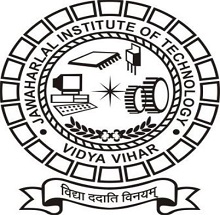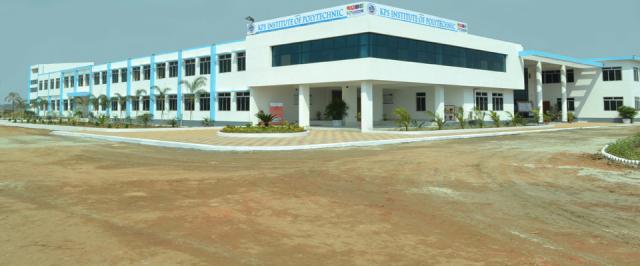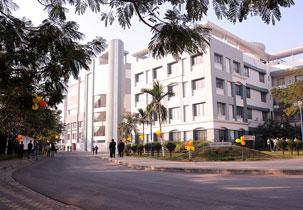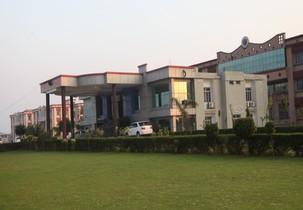AIEMP (AIEMP) has established a consistent placement framework for its diploma engineering students, leveraging industry partnerships and dedicated training initiatives. The institute's placement outcomes vary across disciplines, reflecting broader industry demands and specialized recruitment patterns. Below, we analyze the placement statistics for key branches and contextualize them within the institute's overall career development ecosystem.
Table of Contents
AIEMP-Placement Statistics by Branch
| Branch/Course | Average Package (LPA) | Highest Package (LPA) | % Placed / No. Placed | College Average Placement (LPA) | Additional Info |
| Computer Science and Technology | 2.5–3.5 | 5–7 | 70–80% | 3 | Training and placement cell available |
| Electrical Engineering | 2–3 | 4–6 | 65–75% | 3 | Training and placement cell available |
| Mining Engineering | 2–3 | 4–6 | 60–70% | 3 | Training and placement cell available |
| Mechanical Engineering | 2–3 | 4–6 | 65–75% | 3 | Training and placement cell available |
| Civil Engineering | 2–3 | 4–6 | 60–70% | 3 | Training and placement cell available |
Computer Science and Technology leads in both average (2.5–3.5 LPA) and highest packages (5–7 LPA), with 70–80% of students securing roles, primarily in IT and core engineering sectors. Electrical and Mechanical Engineering streams show comparable outcomes, averaging 2–3 LPA and placement rates of 65–75%. Mining and Civil Engineering report marginally lower placement rates (60–70%), though salary ranges remain consistent with peer disciplines. These figures reflect targeted industry engagement, with core sectors like infrastructure, manufacturing, and energy driving recruitment.
AIEMP-Institutional Placement Framework
AIEM-P's dedicated training and placement cell orchestrates year-round industry interactions, skills workshops, and internship assistance. The institute facilitates campus recruitment through partnerships with 25+ companies annually, including prominent recruiters like TATA Power, JSW, L&T Power, UltraTech Cement, and Adani Solar. This network enables diverse roles such as junior engineers, operations supervisors, and technical trainees. The cell also emphasizes soft-skills development and resume-building sessions to enhance employability.
AIEMP-Infrastructure and Industry Linkages
The 1.65-acre campus features Wi-Fi-enabled labs, a 6,500+ volume library, and modern classrooms that support practical training aligned with industry needs. Proximity to industrial hubs in West Bengal enables frequent plant visits and guest lectures, bridging academic concepts with real-world applications. Core sectors like steel, power, and construction actively recruit from Mechanical, Civil, and Electrical streams, while IT firms target Computer Science graduates. This geographical advantage, combined with institutional alliances, sustains recurring recruitment cycles.
AIEMP-Student Experiences and Trends
Placement outcomes correlate with broader industry demands: IT and automation roles drive higher packages in Computer Science, whereas core engineering branches see steadier but moderate growth. Student feedback indicates proactive placement support, though opportunities vary by branch core sectors like Civil and Mechanical face cyclical recruitment patterns. The institute addresses this through internship mandates and project-based industry collaborations, ensuring experiential learning even in less active markets.
AIEMP-Future Pathways
AIEM-P prioritizes expanding recruiter diversity, particularly in emerging sectors like renewable energy and smart infrastructure. Partnerships with companies like Adani Solar and JSW signal alignment with sustainable technology trends. The training cell is also integrating AI and IoT modules into curricula to meet evolving skill requirements. For students, this translates to diversified roles beyond conventional engineering, including technical operations, quality assurance, and project coordination. The institute’s structured placement approach combining industry exposure, skill development, and recruiter engagementpositions diploma graduates for stable career entry points. Continued emphasis on sectoral adaptability and emerging technologies will further strengthen graduate outcomes across all branches.







